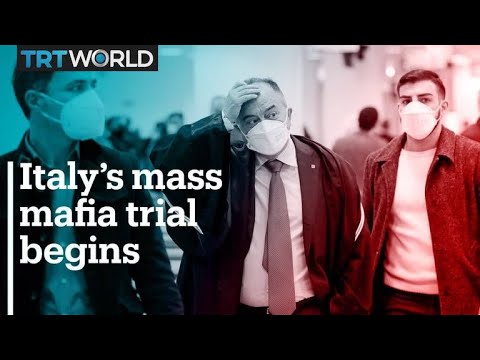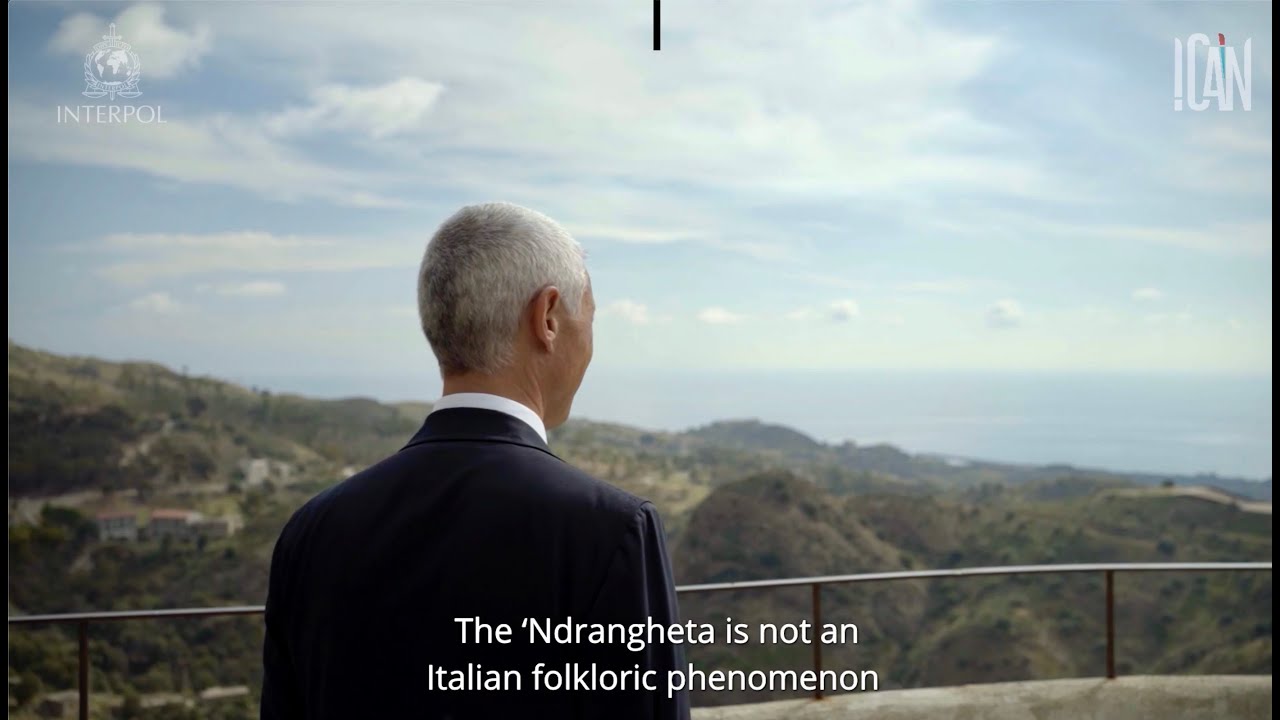SESSION 7.
SESSION 7. THE FIGHT AGAINST THE MAFIA. VICTIMS.
THE FIGHT AGAINST THE MAFIA.
The start of a fight. Since the law criminalizing the mafia has been passed in 1982 many steps have been taken, on both a legal and educational level, to reform systems and deconstruct the mafia. Here we will look at the steps that have been taken and the various institutions that have been put in place to do so.
Maxiprocesso. As we have previously discussed, this is the first big legal step taken to condemn affiliates of cosa nostra and bring about restorative justice. It started on 10 february 1986 and will end condemning 707 people affiliated with cosa nostra (Corsino, Ziliotto). One interesting thing must be noted however, that while the importance of this trial cannot be underestimated, still to this day the mafia is very strong and seems to be far from gone. How come? One potential can be found in the consequences brought by the maxiprocesso, that even though brought forward a culture of legality and awareness, it also indirectly brought about the trattativa stato-mafia and hence a new functioning of the mafia, more discrete and deeply infiltrated in the political and economic system.
If you're interested, here is a little research I did and wrote on the consequences of the maxiprocesso in the fight against the mafia.
A second maxiprocesso, ‘Rinascita-Scott’, today. It was 19 december 2019 that a blitz took place leading to the arrest of over 300 bosses affiliated to the ‘ndrangheta. A court session has been established and will start on 27 january 2021 in Lamezia Terme, Calabria. It is especially important as it will discuss the expansion of the ‘ndrangheta to the North of Italy as well and its globalization. What is important to note is that while it is another huge step in the fight against the mafia, the news is not putting it at the forefront of its actualities (“‘Ndrangheta: parte il secondo”).
Commissione Parlamentare Antimafia, the antimafia parliamentary commission. The idea of establishing this commission dates back to june 1949 with the Minister of Interio Mario Scelba. Since then a few other proposals had been put forward, but it was only in 1982 that the commission was established. It is today composed of 25 deputies and 25 senators. The main function of this commission is to investigate, propose laws aimed at better fighting the mafia and making sure the laws already put in place are respected (“Antimafia”).
Institutional solutions. A series of organs and institutions have been established to fight the mafia. The two main ones being the DIA and the DNA.
DIA - Direzione Investigativa Antimafia, the Antimafia Investigation Management. It was established on 30 december 1991 in order to coordinate various specialized investigations regarding organized crime. All of its findings are referred to the Parliament and the director of the DIA is a high functionary of one of the Italian law enforcement agencies - carabinieri, polizia di stato, guardia di finanza- which rotate. It has both a central structure and a periphery structure which is composed of 12 operational centers and 7 operational sections (“Antimafia”).
DNA - Direzione Nazionale Antimafia, the Antimafia National Management. It was established the 20 january 1992. Its function is to have the Prefect working with and collaborating with the magistrates of the DDA, Direzione Distrettuali Antimafia, to investigate, resolve conflicts between the various actors and making sure the investigations are carried out effectively (“Antimafia”).
Antimafia sociale, social antimafia. It is in the 1980s, in Sicily, that civil society starts to gather and resist the mafia, initiating a social antimafia. In 1982 after the assassination of Pio la Torre and Dalla Chiesa, people assist the funerals and claim to want justice and to wat change. In 1992 another tragedy, and with this society rises even more. From there many associations were established, of which Libera, formed in 1995 by Don Luigi Ciotti (Rizzoli 19).
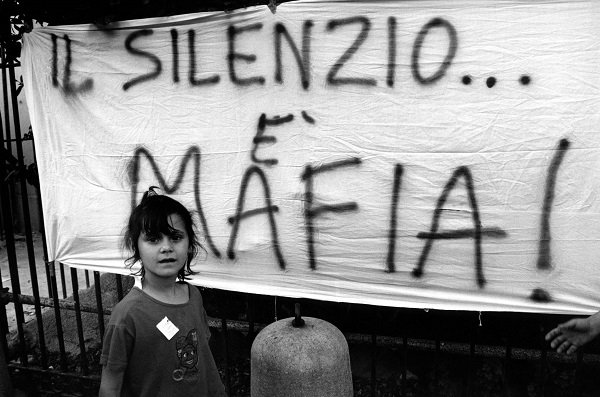
Figure 1. Diaz, Alejandro. “La Mafia è una sola”. Antimafia, 2019.
Gioiosa Ionica, under the mayor Francesco Modafferi. In 1975, Gioiosa Ionica, a commune in Calabria, was mobilized by the mayor Francesco Modafferi to go on a collective strike against the mafia. It is the first of many in Italy, especially as it was also the first commune to constitute the civil part in a trial against the cosche (Nicaso 128).
Piera Aiello. She married Nicola Atria, son of the mafia of Paranna who decided to carry out a vengeance for the assassination of his father. The vengeance did not go as planned and Nicola Atria died. Piera Aiello was only twenty three, with a daughter, and decided to denounce the mafia and become a testimone di giustizia, a witness of justice. She is the first woman to become a testimone di giustizia and is now carrying out a governmental position and working in antimafia parliamentary commission (Suraci 24).
Museums and associations. For a list of the various museums and associations that have been put in place to fight against the mafia, look into the resources section of this booklet.
Education and sensibilizing. An extremely important component of the fight against the mafia has been the one to not only create accessible institutional alternatives to the mafia, but also to sensibilize individuals and the society on the mafia, its manipulation and the importance of fighting it. Education in this case has become an ever more important approach to fighting the mafia and is indeed one of the main activities carried out by the association Libera. Schools in Italy are talking about the mafia in their classrooms, and while it is still not enough, it it far ahead of other countries that do not mention this issue at all. As Paolo Borsellino said: “it is only by refuting the mafia that is it possible to see the beauty of the fresh perfume of freedom that allows us to refute the odor of the moral compromise” (Rossetti 150). And in similar words, Giuseppe Impastato said: “If we thought beauty to the people, it would provide them with a weapon against resignation, fear and omertà” (Fundone 11). Indeed, Giuseppe Impastato fought the mafia through his satiric radio and his poetry.
- Do you agree with Paolo Borsellino and Giuseppe Impastato’s phrases?
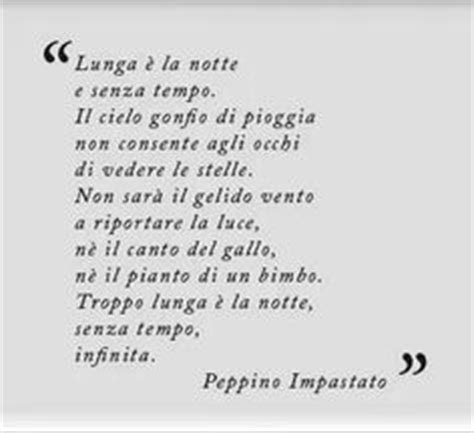
Figure 2. “Archivi categoria: sinistra”. Bardaneri.
International bodies and institutions. Because this phenomenon is global, many institutions have dedicated special bodies to fight the mafia and its transnational crime.
UNODC. The United Nations Office on Drugs and Crimes is the UN body working against organized crime. While they do not specifically work against the mafia, they work against transnational organized crime, and hence do come across the mafia as well. They have been working against transnational organized crime since the convention was passed, adopted by the General Assembly on 15 november 2000, under the resolution 55/25. It was passed and discussed in Palermo then, and then came into force in 2003. Today three additional Protocols have been put in place to fight trafficking of persons, smuggling of migrants and trafficking of weapons (“United Nations Convention”). While a convention should be made to combat the mafia specifically, this is
EUROPOL. One of the crime areas the European Police works on is mafia-structured organised crime groups (OCG). They carry out threat assessment as to understand how to continue the fight against the mafia and in 2013 the assessment concluded with this series of recommendations:
- “the identification, targeting and dismantling of the most dangerous mafia families and clans;
- the harmonisation of anti-mafia legislation in the EU, so that mafia membership is criminalised and extradition requests made easier;
- a regional/continental intelligence focus by Member States in implementing their national intelligence cycles in order to avoid important information gaps on organised crime affecting the EU generally” (“Mafia-structured”).
Europol also created an operational project, the Analysis Project ITOC to tackle the mafia, working closely with Italian law enforcement (“Mafia-structured”).
INTERPOL. As the ‘ndrangheta today is “considered the only Italian mafia organization present on every world continent”, the International Police has the project INTERPOL Cooperation Against ‘Ndrangheta (I-CAN). It is a three year initiative going from 2020 to 2023 bringing together various countries to create a multilateral police cooperation against the ‘ndrangheta (“INTERPOL cooperation”).
INNOCENT VICTIMS.
Antonio Scopelliti. Born in 1935 in Campo Calabro, in Calabria. He was an attorney general for the Supreme Court of Cassation, the highest level court in Italy. He brings forward the work of Giovanni Falcone and Paolo Borsellino with the maxiprocesso and although he is offered 5 billion lire, old Italian currency, he refutes it and sticks to the maxiprocesso. He is killed however in his city the 9 august 1991 (Nicaso 123-124).
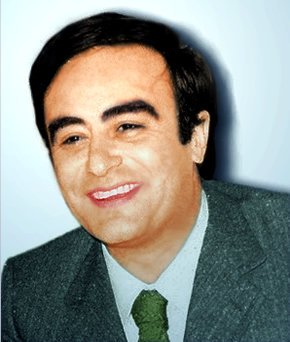
Figure 3. “Antonino Scopelliti”. Wikipedia.
Carlo Alberto Dalla Chiesa. He is a carabinieri, body of law enforcement in Italy, in which he dedicated his life. In the 1970s, when Italy was going through a hight of its political crisiand terrorism between the black and red brigades, Dalla Chiesa brought about much success. For this reason the State decided to send him to Palermo becoming the city’s Prefect. He starts his fight against the mafia, looking into banks, analysing the money flows, but he is soon abandoned and isolated by the State. The 3 september 1982 he is killed with his wife and another police officer by the mafia. It is only in 2002 that a trial is established to bring justice to him (Nicaso 121-123, Fundone 26-27).
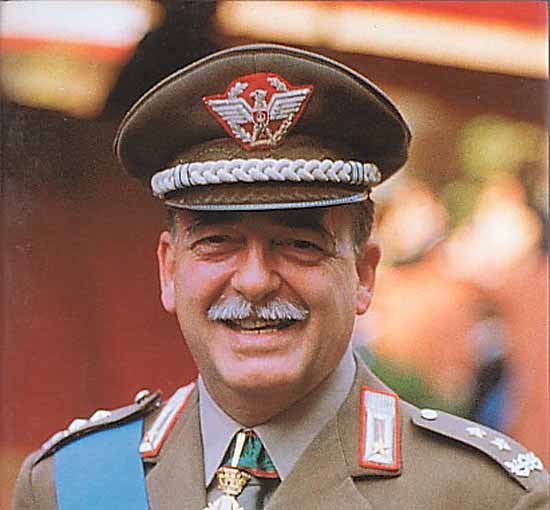
Figure 4. “Carlo Alberto Dalla Chiesa”. Wikipedia.
Claudio Dominio. In 1987, in Palermo, this little boy, who goes to elementary school is killed by the mafia. He had seen something he shouldn’t have seen and could become a threat to the mafia if he spoke up (Nicaso 136).
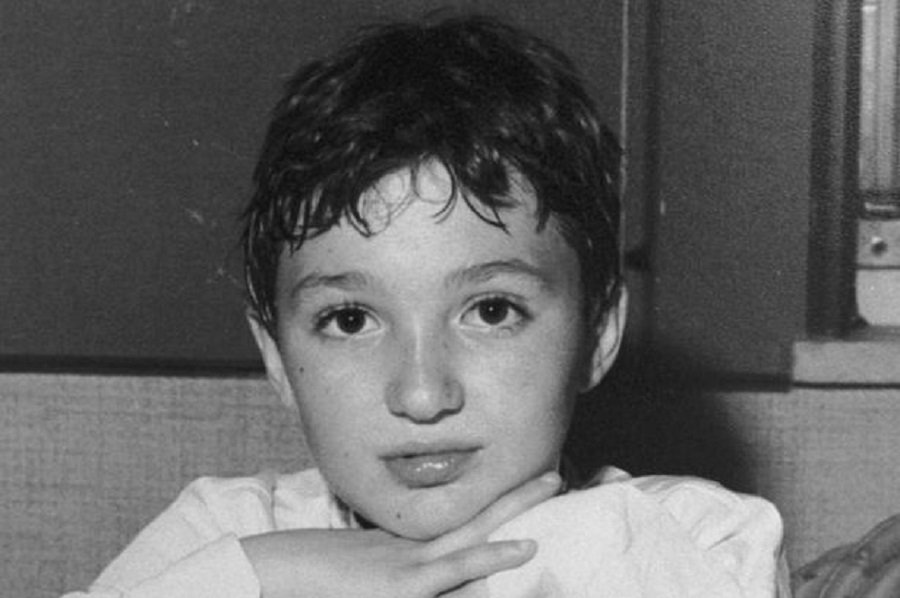
Figure 5. Trotta, Francesco. “Claudio Domino. Il fratellino che non ho mai avuto”. Cosa Vostra, 7 october 2017.
Don Peppe Diana. A priest that decided to denounce the camorra in his preachings. He supported all initiatives against the mafia and because of this and his words, he was killed 19 march 1994 by the camorra, on the day of his onomastico, name day associated with a saint (Saviano, Nicaso 133-134).
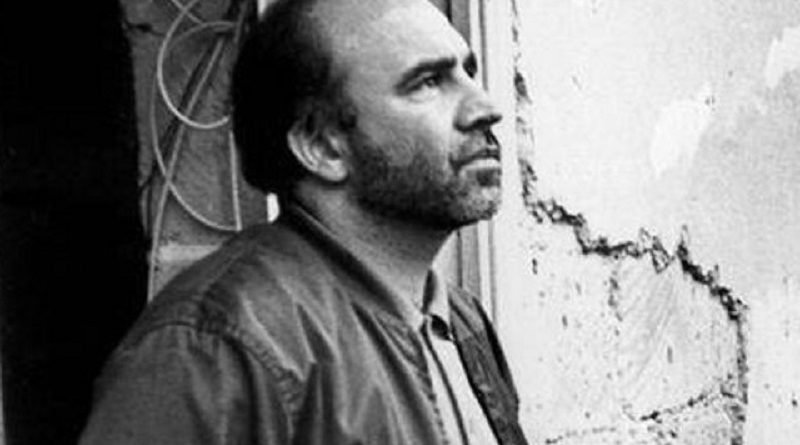
Figure 6. “Le iniziative per ricordare Don Peppe Diana”. La Rampa, 2 march 2019.
Don Pino Puglisi. A priest that has dedicated his life to bring an alternative to the youth of Palermo. In his Parish he invited the youth to join him and play soccer to learn the importance of rules and laws. On 15 september 1993 he was killed by the mafia (Nicaso 133, Fundone 23-25).

Figure 7. Padre Pino Puglisi - Sito Ufficiale dell'Arcidiocesi di Palermo.
Giancarlo Siani. Born and raised in Naples, he was a journalist investigating the different affairs of the camorra. He was specifically looking into the illegal constructions that took place after the earthquake of the Irpinia, in the surroundings of the Vesuvio, in 1980 and denounced them in the journal Mattino. The 23 septembre 1985 he is killed by a group of camorristi and it is only 12 years after, with the help of three pentiti, that justice is brought (Fundone 16-19).
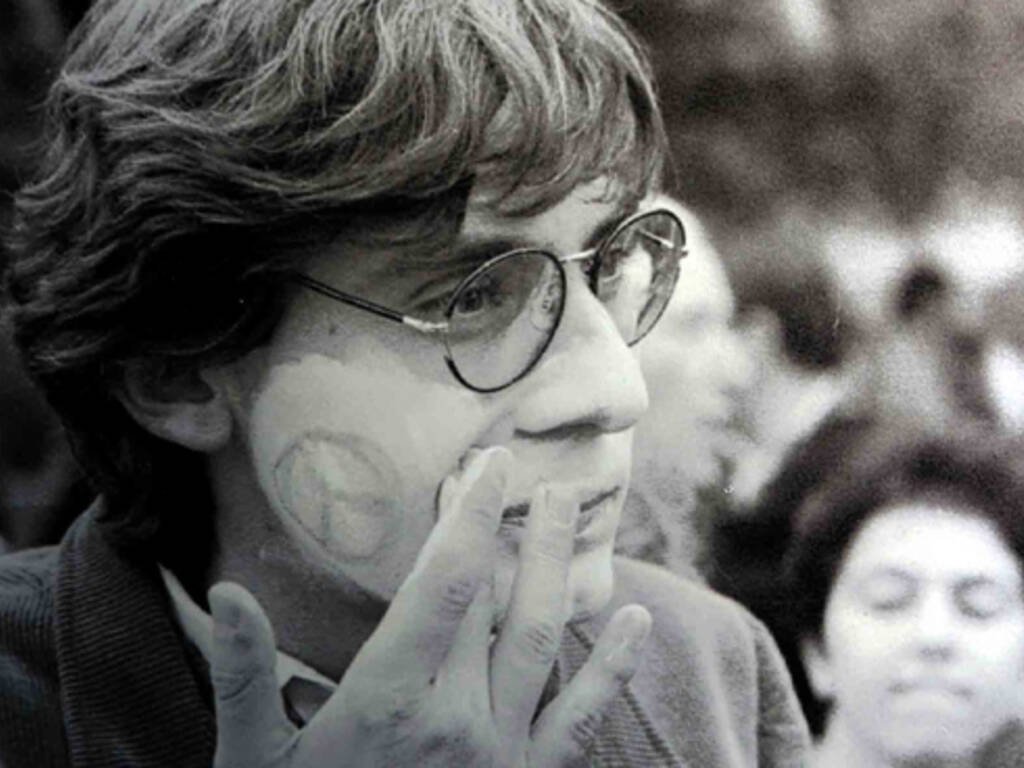
Figure 8. “23 settembre: riccorre il 35° anniversario dell’omicidio di Giancarlo Siani”. ATNews, 23 september 2020.
Giovanni Falcone. He was born in Palermo, Sicily, in 1935. Decided to study Law and in 1964 he became a magistrate. Soon after he is sent to Palermo where he starts to investigate the mafia and brings about the greatest advancement yet in the fight against the mafia. In 1980, under the orders of Rocco Chinnici, he starts to investigate a mafioso who has relations with the United States. In 1984, the boss of Cosa Nostra Tommaso Buscetta repents and becomes a pentito, meeting with Giovanni Falcone and telling him all of Cosa Nostra’s secrets. This confession brings about enough evidence to install the maxiprocesso. In 1989 the mafia attempts to kill him, but it is only in 1992 that they succeed, killing him on 23 may during a trip to Palermo with his wife and 4 police officers, 3 of which will also be killed, known as la strage di Capaci, the of Capaci (Nicaso 116-118).
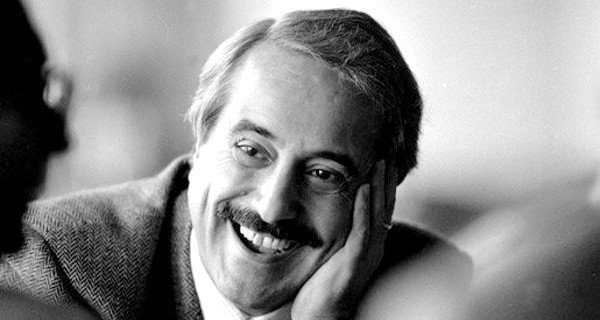
Figure 9. “Giovanni Falcone”. Vins de Sicile.
Giuseppe Impastato. Better known as Peppino Impastato, he was from Cinisi, in Sicily. Born from a father mafioso and nephew of the boss Gaetano Badalamenti “Don Tano”, of Cinisi, he decides to rebel against them. He founds a radio in which he denounced on a daily basis the various businesses of the mafia, in particular in the province, and the politicians that support the mafia. He was killed on 9 may 1978 by the mafia (Nicaso 129-130, Suraci 23, Fundone 7-8). The killing was archived as suicide and it is only twenty year after his death that the investigations were reopened, thanks to the insistance of his mother, brohter and the Centro Siciliano di Documentazione founded by Umberto Santino (Nicaso 130).
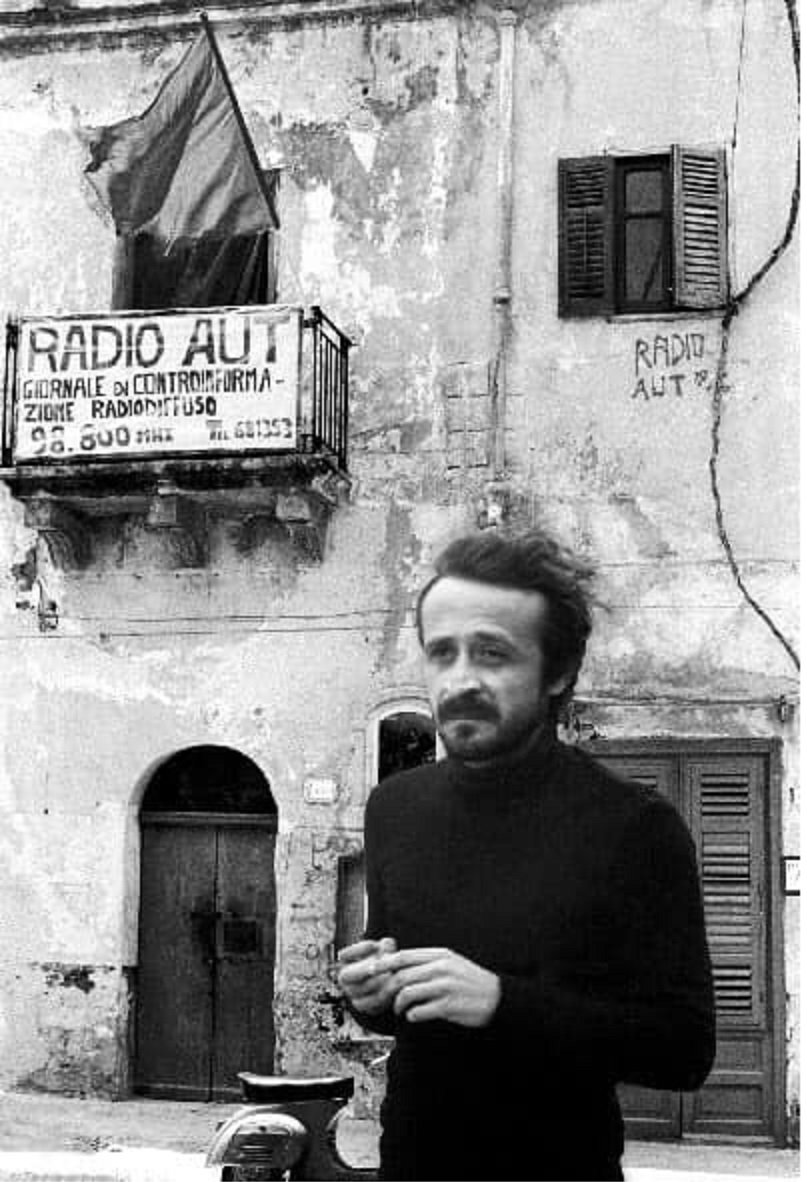
Figure 10. “Peppino Impastato e la lotta alla mafia”. GIT Sicilia Ovest, 10 may 2019.
Giuseppe Letizia. He is thirteen years old when he is killed by the mafia. A december night of 1948 he sees a few men killing Placido Rizzotto, the secretary of the Chamber of Labor, in which he had always fought the mafia to guarantee the rights of workers. The next day his dad finds him, fainted. He brings him to the hospital where a doctor will kill the child as he had become an inconvenient witness for the killing of Placido Rizzotto (Nicaso 125-126).
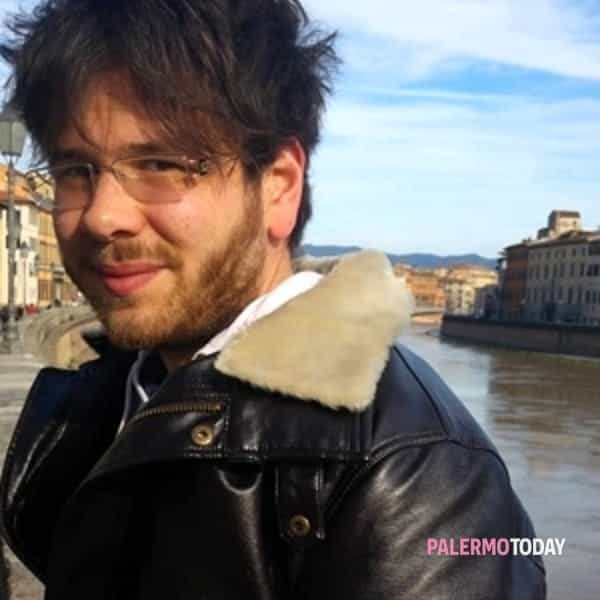
Figure 11. Chiara, Maria. “Giuseppe Letizia, il testimone scomodo dell'omicidio Rizzotto: la sua storia raccontata con una canzone”. Palermo Today, 9 nov 2019.
Graziella Campagna. She is 17 years old when she is killed by the mafia. From Sicily, she started working in a laundromat without a contract, for very little money. One day, from washing clothes she discoveres the real identity of a boss mafioso of Palermo. Because her brother is a carabiniere, body of law enforcement, and she is a very simple girl, the mafia decides to kill her as she could become a threat to them (Nicaso 131).
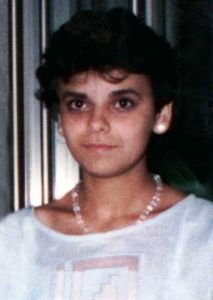
Figure 12. “Graziella Campagna”. Wikipedia.
Lea Garofalo and Maria Concetta Cacciola. Two mothers that decided to denounce the mafia and become a witness of justice, testimone di giustizia, as to go away from the family and husbands mafiosi and have a ‘normal’ life. Lea Garofalo was killed the 24 november 2009, when she was 36 years old and Maria Conetta Cacciola was forced to ingest acid on 20 august 2011, when she was thirty one years old (Suraci 27-8, Fundone 20-23).
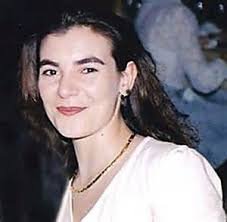
Figure 14. Clarke, Laura. “The courage of Lea Garofalo”. The Italian Insider, 25 november 2015.
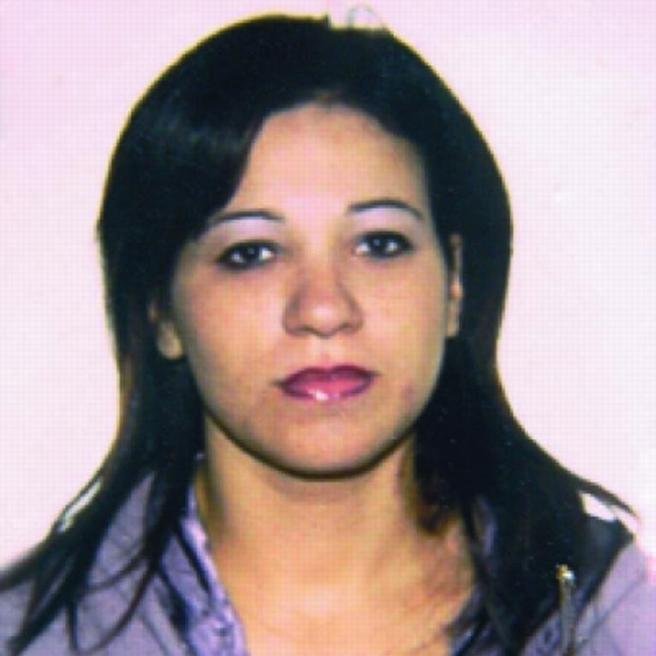
Figure 16. Agius, Connie. “Maria Concetta Cacciola's life and death offers a window into the world of mafia women”. News, 3 december 2012.
Paolo Borsellino. Like Giovanni Falcone, Paolo Borsellino is born in Palermo. He comes from a popular neighborhood, but soon decides to fight the mafia rather than work with it and maybe even become part of it. He works closely with Giovanni Falcone in the maxiprocesso where a strong friendship is built. When Giovanni Falcone dies, in May, Paolo Borsellino is aware his turn will come as well, but he keeps fighting. A few months after, the 19 july 1992, he was killed in a bombing by the mafia, while he was in his car going to visit his mom, in via D’Amelio (Nicaso 120).
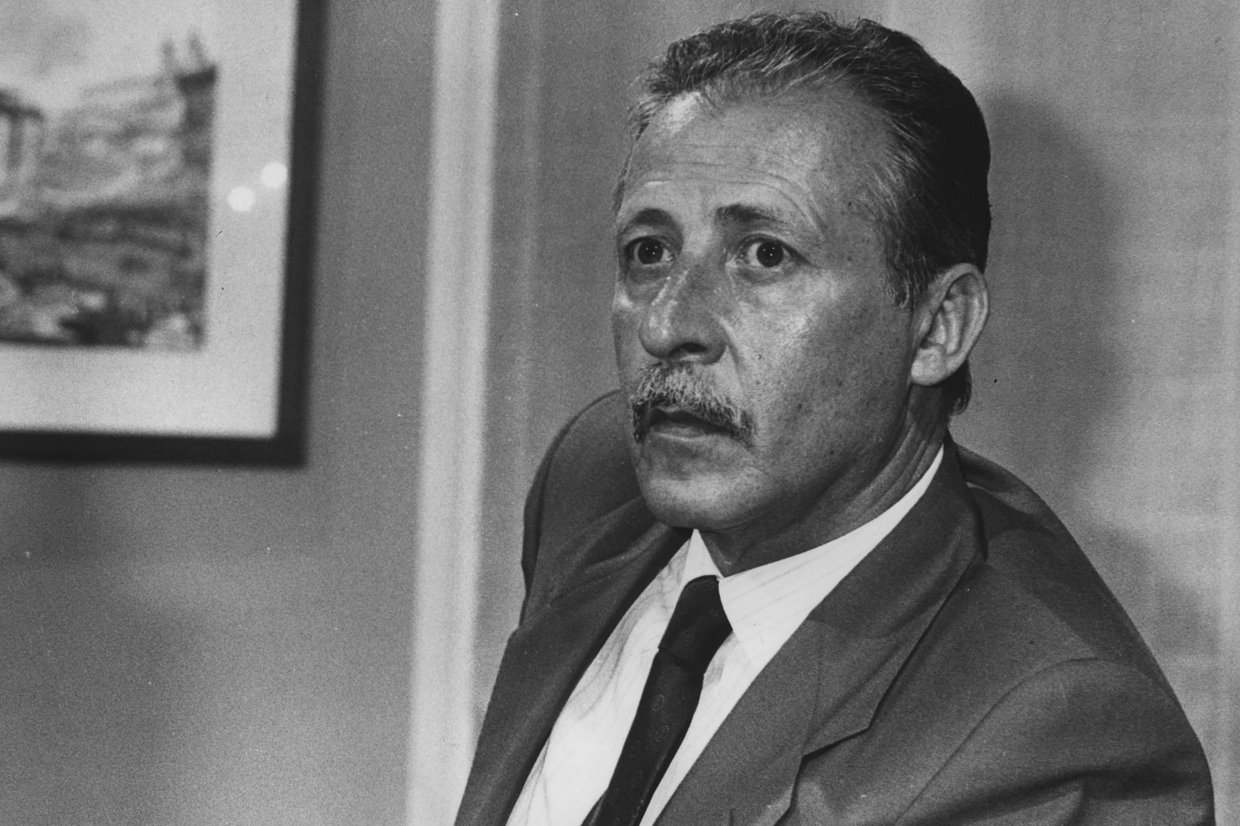
Figure 17. Berneri, Leonardo. “Perché fu ucciso Paolo Borsellino? Secondo la sentenza non per la trattativa Stato-Mafia”. Il Riformista, 19 january 2021.
Rita Atria. She is only seventeen when she decides to commit suicide as she can no longer stand the isolation and the loneliness surronding her. After her brother Nicola Atria dies and his wife decides to become a testimone di giustizia, witness of justice, she decides to do the same. She collaborates with Giovanni Falcone and Paolo Borsellino, but when they are killed, she can no longer bear it and commits suicide, 26 july 1992 (Fundone 12-15).
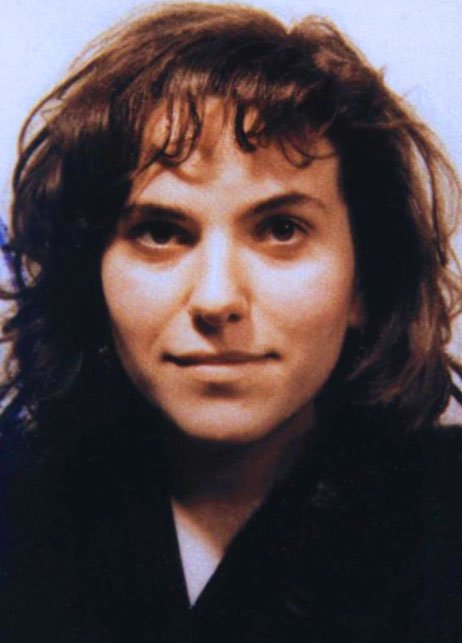
Figure 18. “Rita Atria”. Biografie.
Rocco Gatto. From Calabria, he not only decided to refuse to pay the pizzo or mazzetta to the ‘ndrangheta. He also denounced them when the clan Ursini ordered every shop in his city to close in honor of the killing of a boss of the clan Ursini, in 1967. Three months after his denouncition he was assassinated by the mafia. While a trial has been established and brought justice to the various threats Rocco Gatto had to live through as a result of refuing to pay the pizzo, no trial has yet been established for his homicide (Nicaso 127-128).
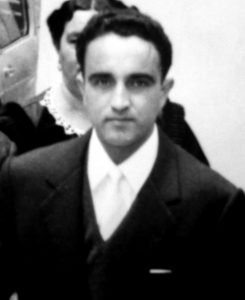
Figure 19. “Rocco Gatto”. Ciavula, 16 march 2017.
Victims of collateral damage. Just like the collateral damage that comes with military intervention, the thousands of civilians that find themselves at the wrong place at the wrong time, and lose their lives under a drone attack aimed at terrorist groups, just like the mafia targeting those that create an obstacle for their profit and power end up killing innocent people. The collateral damage. There are those that are in the wrong place at the wrong time and others again that get stuck within the workforce of the market run by the mafia and lose their lives.
Annalisa Durante. She was 14 on the night of 27 march 2004 when she was killed by accident in Forcella. She was out with some friends when a shooting took place in which Salvatore Giuliano, the new boss of the Giuliano family, was the target (Saviano 166-171, Nicaso 136). She got caught in the middle of it and lost her life. “Annalisa is guilty of being born in Naples. Nothing more, nothing less” (Saviano 171).
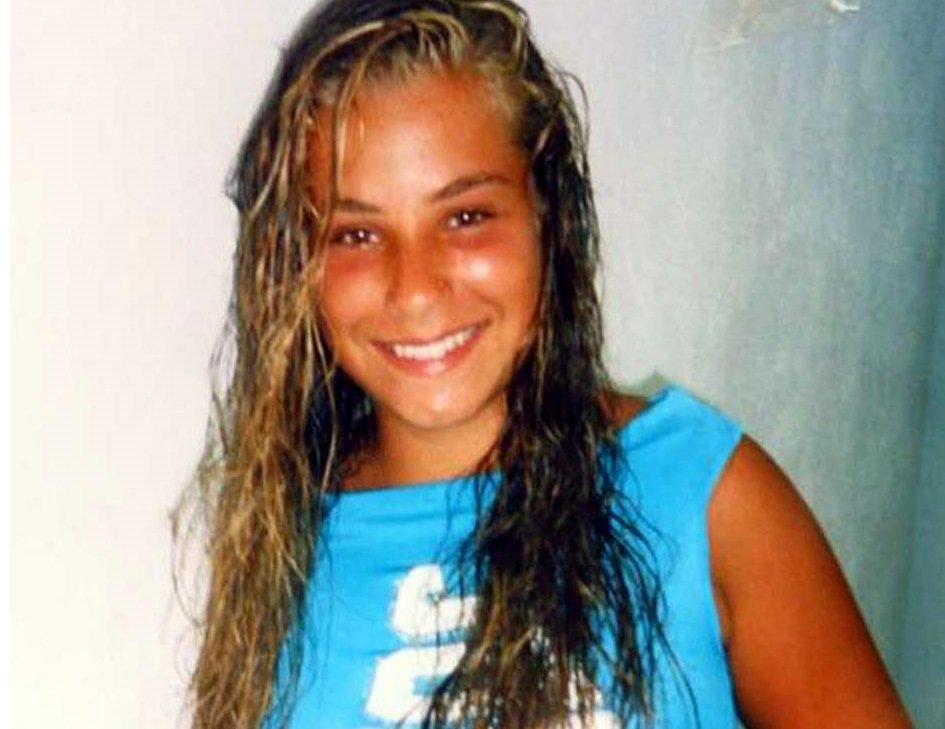
Figure 20. Rubbo, Asia. “Annalisa Durante. Un seme contro la Camorra”. Cosa Vostra, 26 march 20202.
Victims of the mafia’s markets. We must also not forget all those that have lost their lives working in the black market and hence, for the mafia. We must not forget all the braccianti that have died on the agriculatural fields, all the victims of human trafficking and those that have lost their lives due to the drugs trafficked by the mafia. In this long list of victims there are also those that have lost their lives due to cancer, caused by the material used by the mafia to construct buildings.
Let’s talk. Various steps have now been taken to put an end to the mafia and bring justice to its victims. However, due to its enormous network and lack of material providing evidence for the to incriminate specific individuals and holding them accountable, to what extent do you think we will be able to reconstruct the events of the past and bring justice to the victims? To what extent do you think the mafia can be considered invincible?
What can be done to bring justice to the victims and their families when there is a lack of accountability for the direct responsibilities of the killers and those that ordered the massacres?
Giovanni Falcone once said (Nicaso 137);
“La mafia è un fenomeno umano e come tutti i fenomeni umani ha un principio, una sua evoluzione e avrà quindi anche una fine/ The mafia is a human phenomenon and like every other human phenomenon it has a starts, an evolution and hence will also have an ending”.
Do you agree?
WORKS CITED.
“Antimafia”. Associazione Nazionale Antimafia Alfredo Agosta.
Corsino, Maria Rosaria. “Quando Cosa Nostra fu messa sotto maxiprocesso”. La testata magazine, 2020.
Fundone, Barbara. “Progetto sulla legalità: mafia, atteggiamento mafioso e principi Costituzionali”. 2015-2016, pgs. 1-46.
“Mafia-Structured Organised Crime groups (OCG)”. Europol.
“'Ndrangheta: parte il secondo maxi processo della storia d'Italia”. Il giornale, 16 january 2021.
Nicaso, Antonio. “La mafia spiegata ai ragazzi”. Arnoldo Mondadori Editore S.p.A. 2010, ogs. 9-163.
Rizzoli, Fabrice. “La mafia de A à Z”. Timbuktu édition, 2015. pgs. 7-176.
Rossetti, Roberto. “Mamma ‘ndrangheta”. Università degli studi di Torino, 2017. 5-162.
Saviano, Roberto. Gomorra. Edizione Oscar Mondadori 2011. pgs. 1-373. ISBN 978-88-04-66423-9.
Suraci, Serena Maria. “Donne e mafia: la voce di chi ha scelto da che parte stare”. Università di Pisa, 2016-2017, pgs. 7-47.
“United Nations Convention against Transnational Organized Crime and the Protocols Thereto”. UNODC, 26 july 2018.
Ziliotto, Anna. “Il contributo dell’antropologia culturale alla conoscenza del fenomeno mafioso”. Dialoghi Mediterranei, 1 november 2018.
The PDF for this session can be found here:
The power point presentation can be found here:

